Whilst this winter had above average rainfall across the state, south-west NSW has recorded lower than average rainfall for the past 8 months.
New Spring growth combined with a La Niña weather pattern could potentially increase grassland fuel loads. NSW RFS volunteers have been conducting hazard reduction burns throughout the cooler months to help reduce these fuel loads, but grasses can quickly react to changes in air moisture; absorbing moisture from damp air overnight but drying quickly on high fire danger days.
That’s why it’s important to start thinking about reducing risks to your home now, being aware of danger warnings and where to access important information.
Step 1
Discuss what to do if a bushfire threatens your home
Get the whole household together and discuss your plan. Discuss when you would leave, where you’d go, how you’d get there, what you will take, who you will notify and what your backup plan is.
Step 2
Prep your home and get it ready for Bush Fire Season
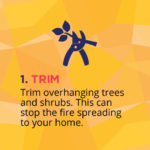
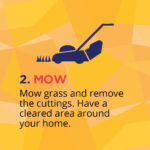
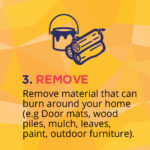
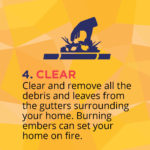
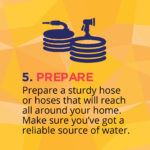
Step 3
Know the Bush Fire Alert Levels & Monitor Danger Ratings
Alert Levels
During a Bush Fire, Alert Levels give you an indication of the type of threat a fire represents.
Remember – don’t wait for a warning! Some fires can start and spread so quickly there may not be time for a warning. If you do get a Bush Fire Alert, you must take it seriously. There are three levels of Bushfire Alerts:
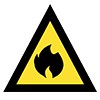
Advice
A fire has started. There is no immediate danger. Stay up to date in case the situation changes.
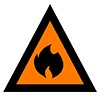
Watch And Act
There is a heightened level of threat. Conditions are changing and you need to start taking action now to protect you and your family.
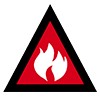
Emergency Warning
An Emergency Warning is the highest level of Bush Fire Alert. You may be in danger and need to take action immediately. Any delay now puts your life at risk.
Danger Ratings
The Bush Fire Danger Ratings give you an indication of the possible consequences of a fire, if one was to start. Bush Fire Danger Ratings are based on predicted conditions such as temperature, humidity, wind and the dryness of the landscape. The higher the fire danger rating, the more dangerous the conditions. You can check the Danger Rating for your area at: www.rfs.nsw.gov.au/fire-information/fdr-and-tobans
SEVERE – Leaving early is the safest option for your survival. Well prepared homes that are actively defended can provide safety – but only stay if you are physically and mentally prepared to defend in these conditions. If you’re not prepared, leave early in the day.
EXTREME – Leaving early is the safest option for your survival. If you are not prepared to the highest level, leave early in the day. Only consider staying if you are prepared to the highest level – if your home is specially designed, constructed or modified, and situated to withstand a fire; you are well prepared and can actively defend it if a fire starts.
CATASTROPHIC – For your survival, leaving early is the only option. Leave Bush Fire prone areas the night before or early in the day – do not wait and see what happens! Make a decision about when you will leave, where you will go, how you will get there and when you will return. Homes are not designed to withstand fires in catastrophic conditions so you should leave early.
Step 4
Know where to get accurate information and updates.
Bush Fire Information Line – 1800 679 737
NSW RFS Website – rfs.nsw.gov.au
Bush Fire Danger Ratings – www.rfs.nsw.gov.au/fire-information/fdr-and-tobans
Smart Phone App – ‘Fires Near Me’
Facebook – facebook.com/nswrfs
Twitter – twitter.com/nswrfs
Local radio Local ABC/emergency broadcaster frequency
TV
In the event of a fire, staying up-to-date on conditions in your area can save lives.
